
population的基本意思是“人口”,是个集合名词。(集合名词有些只表示复数意义,<如people,例句:People are not interested in such things.人们对那样的事不感兴趣。这里People是复数,所以用谓语用are>;有些只表示单数意义,<如furniture(家具),例句:Some furniture is made of bamboo. 有些家具是竹制的。这里furniture是单数,所以谓语用is>;有些集合名词根据情况来确是是单数意义还是复数意义,<如family,例句:His family isn’t very large. 他家成员不多。His family are music lovers. 他家个个都是音乐爱好者。>)。population在不同用法中可以是单数意义也可能是复数意义。
下面详细谈一下population的用法
The world’s population is increasing faster and faster.
全世界的人口增长得越来越快。
At the beginning of the twentieth century, the world’s population was about 1,700 million.
在二十世纪初,全世界的人口大约是十七亿。
2、当主语是表示”人口的百分之几、几分之几”时,谓语动词用复数形式。例如:
About seventy percent of the population in China are farmers.
中国大约有百分之七十的人口是农民。
3、有时population可用作可数名词,其前可用不定冠词。例如:
China has a population of about 1.3 billion. (=There is a population of about 1.3 billion in China.)
中国大约有十三亿人口。
New York is a big city with a population of over 10 million.
纽约是一个有一千多万人口的大城市。
在表示多个地区的人口时,population要用复数形式populations。例如:
Many parts of the world, which once had large populations and produced plenty of crops, have become deserts.
世界上很多地区一度人口众多,种植大量的农作物;现在,这些地区已经变成了沙漠。
4、表示人口的”多”或”少”,不用”much”或”little”,而要用”large”或”small”。例如:
India has a large population. 印度人口众多。
Singapore has a small population. 新加坡人口少。
5、询问某国、某地有多少人口时,不用”How much…?”,而用”How large…?”;在问具体人口时用”What…?”。例如:
How large is the population of your hometown? 你们家乡有多少人口?
The population of our hometown is nearly twice as large as that of yours.
我们家乡的人口是你们家乡人口的将近两倍。
What is the population of Canada? 加拿大的人口有多少?
The population of Canada is about 29 million. 加拿大的人口大约有二千九百万。
6、population还表示”某地、某类的动、植物或物品的总数”。例如:
In India, however, the population of tigers has increased, from 2,000 in 1972 to about 5,000 in 1989.
然而在印度,老虎的总数已从1972年的2,000只增长到了1989年的大约5,000只。










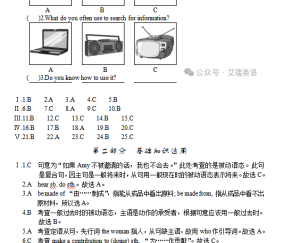
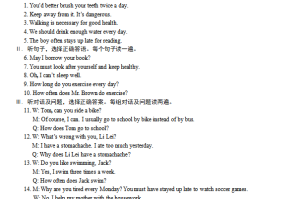


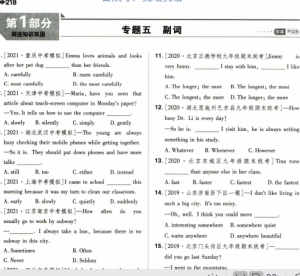
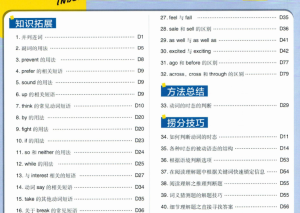
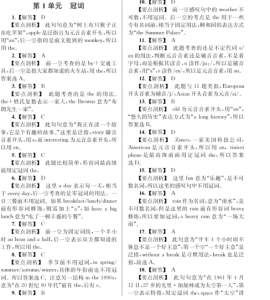
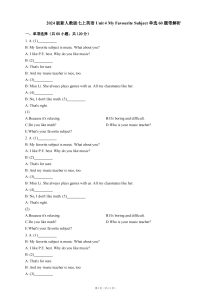


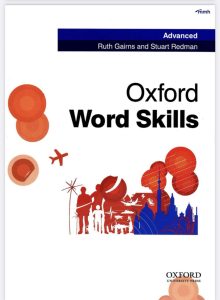
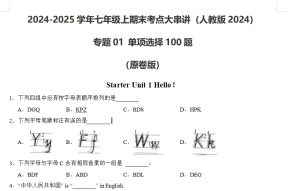
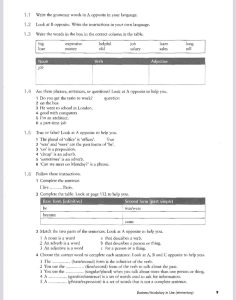


暂无评论内容